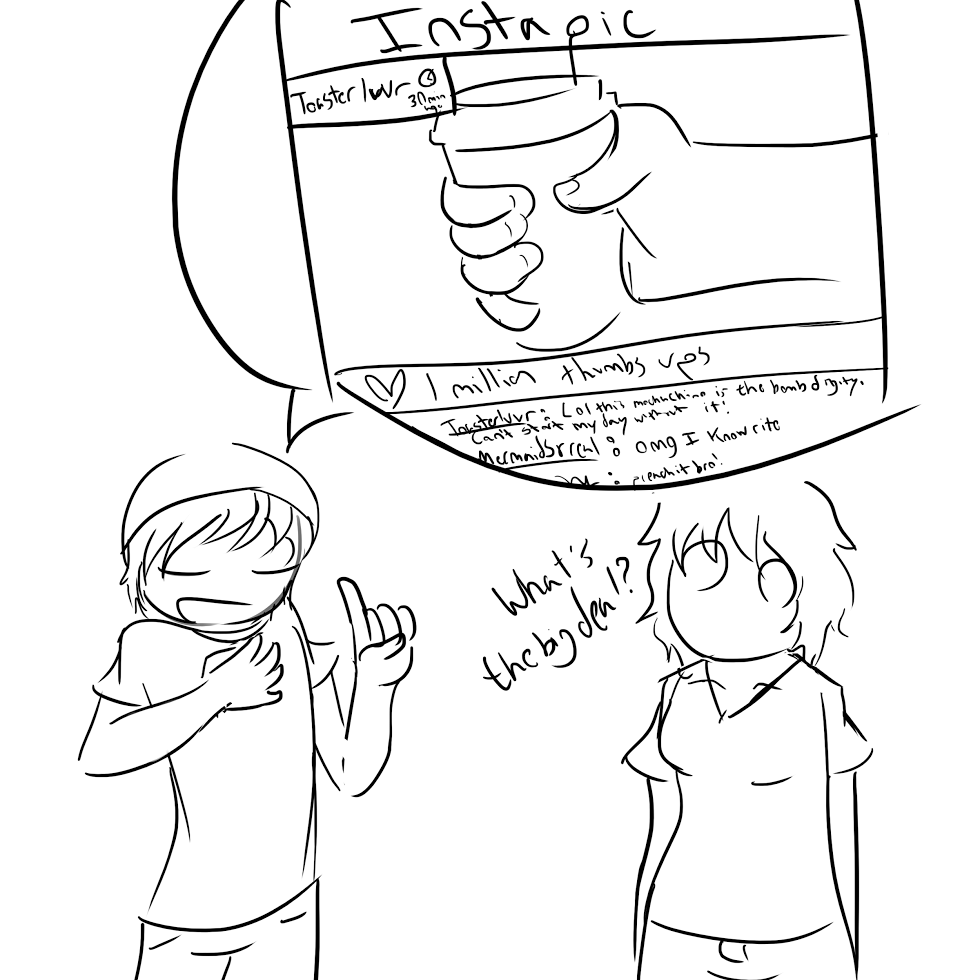Recently I found myself going through my nightly ritual that inevitably ends in scrolling down my news feed either on Instagram, Facebook or Tumblr before falling asleep. A creeping feeling started to form in the back of my subconscious as I observed photo after photo of my peers posing at the beach, enjoying an artistically assembled breakfast platter or candidly laughing together at a party.
It hit me when I eventually came across a promoted Instagram post from the account of a very popular blogger. The heavily filtered photo was of a bright sunset at the beach, with the silhouettes of two figures clasping hands in the background. I immediately thought, “All this sh**s the same.”
Sure the photo was beautiful, a happy couple casually walking along the beach at sunset, but I’ve seen a thousand photos before just like this one. What was so special about this one that made it get so many likes? Why was this blogger’s photos, which in my opinion were just as well executed as some of my own friends’, so wildly popular?
It seems like if someone wants to get Internet famous today they have to conform to a strict series of socially constructed ideals about what constitutes a “good” photo. In other words, it seems like many people sacrifice originality at the altar of conformity for the sake of achieving greater popularity.
I find myself continuously underwhelmed by the similar sense of humor employed by the most popular Internet stars on YouTube. The frequency of certain archetypes like sunsets, coffee and selfies on Facebook and Instagram also unsettles me.
What makes certain types of photos so popular? Who determines these standards? And what does this homogeneousness in social media reflect about society or more specifically millennials? These were some of the questions that arose in my mind.
A study conducted by Massachusetts Institute of Technology last year ran algorithms on 2.3 million Flickr photos in order to determine the factors that make a photo popular.
Certain content factors like texture, color or sharpness can make a photo more popular if they add to its overall visual appeal and stimulation. Certain types of photos such as those that tend to use bright colors or contain images of people rather than scenery tend to be more popular. Similarly, photos with a darker filter or of inanimate objects are less popular.
I would like to recognize that there is a great deal of uniqueness and originality that can be found throughout social media. Yet the most popular accounts, regardless of what forum they are on, all adhere to an eerily similar sense of aesthetics. With a few exceptions, the more original or eccentric accounts or profiles tend to garner much less attention than those with a more mainstream bend and thus a broader base of appeal.
What really concerns me most is the social implications that this trend toward conformity holds for society at large. The threat of repetitive and similar posts is that social media may devolve into a state of continuous mediocrity. This trend shows no signs of slowing down.
In a worst case scenario I fear that people who participate in social media may carry this theme of blandness into other facets of their life. Real day-to-day life decisions could come to be shaped, at least in part, with the mindset or agenda of trying to capture a perfect photo.
I’ve already observed the first signs of this trend in my peers. It seems like young people today will spend upward of 10 minutes taking and editing a photo, debating over angles and filters to make it “just right.” Whole conversations can literally be consumed by talk critiquing other people’s latest statuses or pictures. All of this behavior seems a bit vain to me and I worry that it will only continue to become the new norm.
Digital art expressed through social media has undoubtedly opened up new avenues which art can be created and shared. Simultaneously, this new medium tends to distract people away from traditional, more tangible forms of artistic expression while pushing people toward greater homogeneousness. Art is a subject where the last thing you would want is people trying to emulate each other.
Only time will tell how social media and artistic expression mold each other in the future. But if we are to steer the direction of where digital art is heading in the future than we must lead by example.
Post the things that are weird, eccentric or that you like, don’t worry about the recognition. If people genuinely enjoy your perception of the world and what you choose to upload to the Internet, they will come.
Because what’s the point of praise or popularity if it comes through something that doesn’t really represent you?





![[Both photos courtesy of sonoma.edu]
Ming-Ting Mike Lee stepped in as the new SSU president following Sakakis resignation in July 2022](https://sonomastatestar.com/wp-content/uploads/2024/04/CC4520AB-22A7-41B2-9F6F-2A2D5F76A28C-1200x1200.jpeg)



























